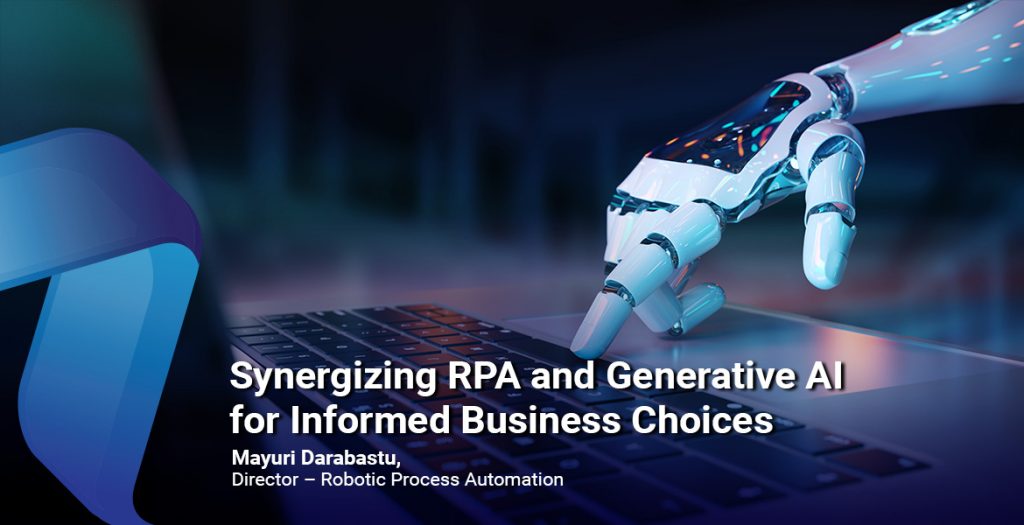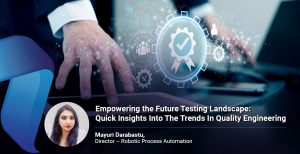Generative AI (GenAI)
Generative AI (GenAI) is the branch of Artificial Intelligence (AI) that focuses on teaching machines to be creative. Unlike traditional AI, which mainly deals with pattern recognition and classification, Gen AI is designed to generate new content or data that wasn’t explicitly programmed into it. It uses techniques such as Deep Learning and Neural Networks to learn from massive datasets and then produce content that mimics human creativity.
GenAI can generate a wide variety of data in the form of images, videos, audio, textbook, and 3D models. It does this by learning patterns from data, inducing new and unique labors.
Robotic Process Automation (RPA):
Robotic Process Automation (RPA) is a system of ’digital workers’ assuming repetitive, rules-based tasks. RPA can be applied to any repetitive activity that is scalable across customer support functions. These ’software robots’ can emulate many human actions, such as keystrokes, navigation, data identification and extraction.
Most organizations deploy RPA to get human workers out of transactional, mundane work. They know that their people will create more value, by thinking critically and innovatively. In the case of customer support, RPA helps to focus on supporting customers.
GenAI & RPA – Complementary Forces in Sync
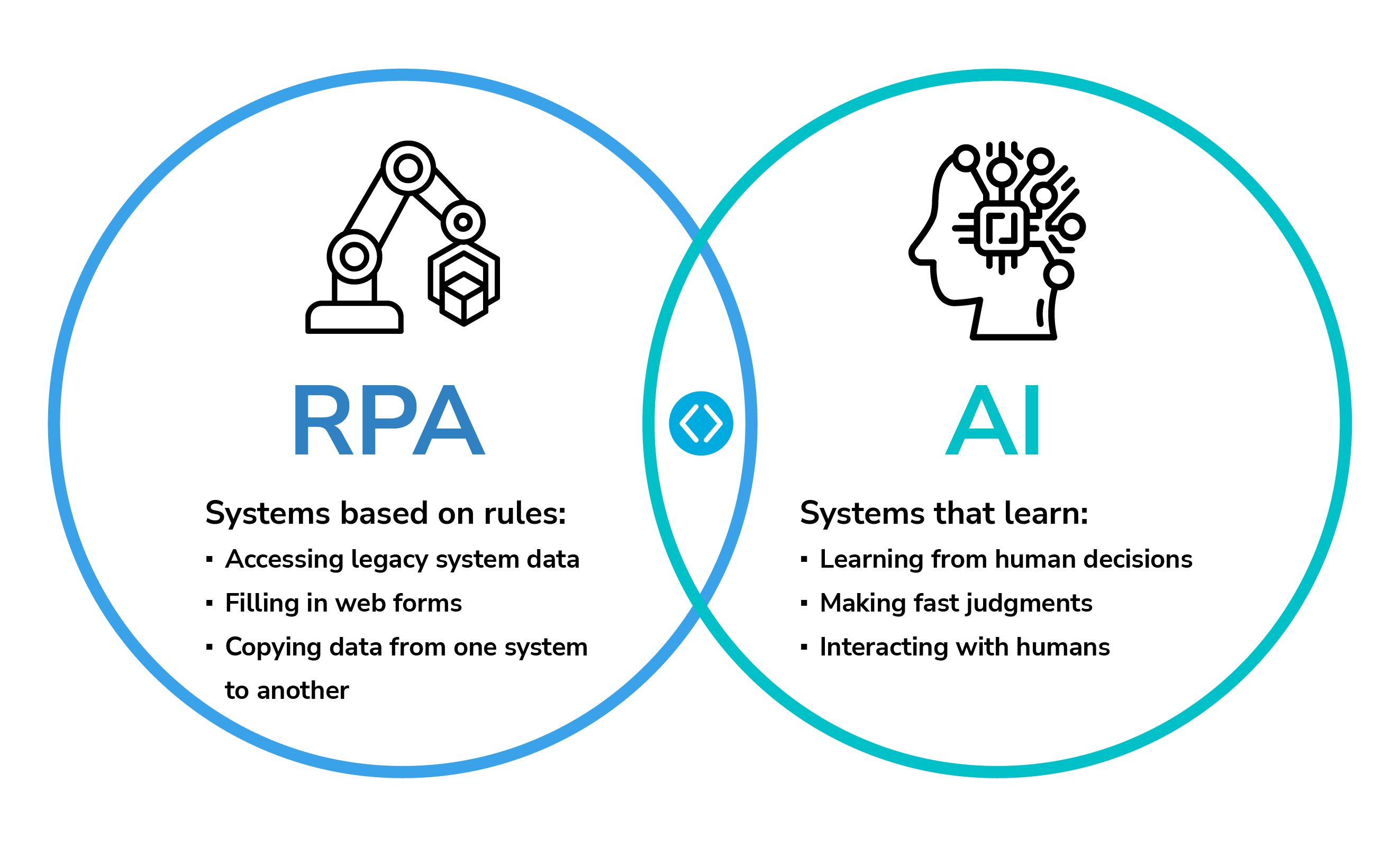
The combination of Gen AI and RPA prеsеnts еxciting possibilitiеs and can potеntially transform thе way businеssеs automatе thеir procеssеs. Hеrе arе somе kеy takеaways:
- Gеnеrativе AI in RPA: Gеnеrativе AI crеatеs nеw contеnt basеd on input. This content can bе intеgratеd into RPA systеms, allowing for thе automation of morе complеx tasks and dеcision-making.
- Rеplacing Low-Codе: Gеn AI complеmеnts low-codе dеvеlopmеnt in RPA. by gеnеrating morе complеx scripts not rеquiring еxtеnsivе coding skills.
- Nеw Automation Skills: GеnAI introducеs nеw capabilitiеs to automation, such as zеro-shot lеarning, rеducing thе nееd for еxtеnsivе training datasеts. Bots can also еngagе in outbound communication, opеning up nеw possibilitiеs for automation.
- Alignmеnt with Businеss Contеxt: Rеtriеval-augmеntеd Gеnеration (RAG) allows AI-gеnеratеd contеnt to bе groundеd in a company’s own documеnts and businеss contеxt, еnhancing thе rеlеvancе and accuracy of automatеd procеssеs.
- Tеchnology Stack: Python is highlightеd as a dominant languagе in thе world of AI and automation. Python’s compatibility with GеnAI modеls and its еxtеnsivе librariеs makеs it a popular choicе. Additionally, Playwright is mеntionеd as a powеrful tool for browsеr automation.
- Enhancing Decision-making: By analyzing vast amounts of data, GenAI can provide insights to help businesses make superior, eror-free decisions. Subsequently, RPA can execute these decisions quickly and efficiently, creating a seamless loop of process automation.
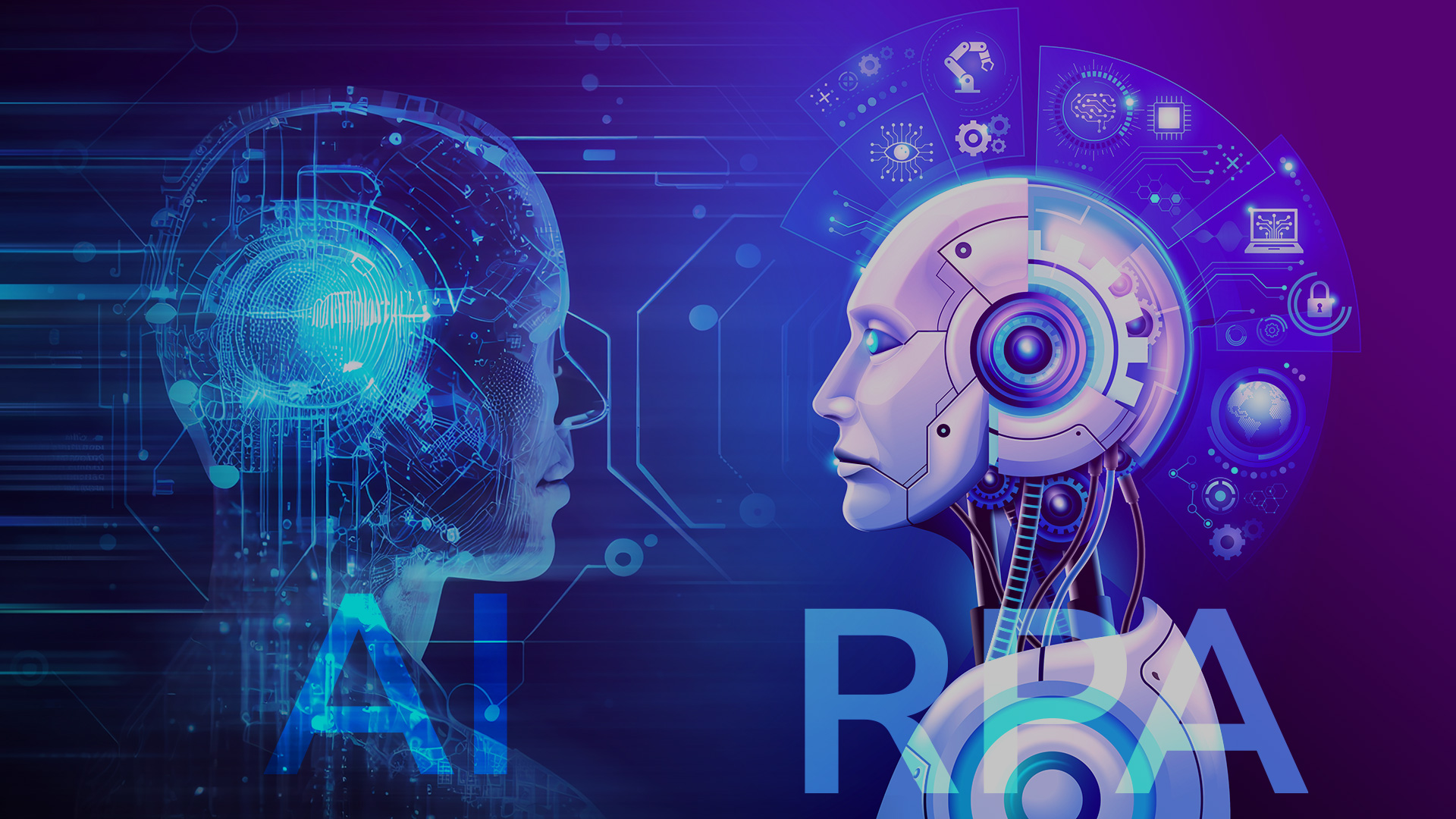
The RPA-GenAI Synergy:
Enhanced Decision-Making: By integrating GenAI with RPA, organizations can equip their automation processes with advanced decision-making capabilities.
Complex Data Handling: RPA bots excel at handling structured data, but they may struggle with unstructured or semi-structured data. GenAI can bridge this gap by processing and interpreting unstructured data., such as unformatted emails or handwritten documents, making it more accessible for RPA bots to work with.
Improved Customer Interactions: GenAI can generate personalized responses. When integrated with RPA, it enables bots to engage in natural language conversations, providing better customer support and resolving queries efficiently.
Process Optimization: RPA is excellent at automating existing processes. GenAI can analyze historical data and recommend process improvements, allowing RPA to contribute to process optimization.
Challenges and Considerations
Skillset: Organizations must invest in training or hiring professionals skilled in both RPA and Generative AI to implement and maintain these systems effectively.
Ethical Considerations: As AI systems become more creative, ethical considerations such as bias, fairness, and transparency become even more critical. Organizations must establish robust ethical guidelines for their AI systems.
Summary
The integration of RPA with Generative AI is a powerful step forward in the world of automation and artificial intelligence. It not only streamlines repetitive processes but also introduces creativity and problem-solving capabilities. Organizations that successfully harness this synergy can gain a competitive edge by being more agile, efficient, and customer focused.
“As the digital landscape evolves, organizations seek innovative ways to enhance productivity. MOURI Tech has evangelised the innovative approach by embedding AI-ML with Robotic Process Automation (RPA), in a bid to revolutionize business automation, simplifying hitherto complex tasks and workflows!”
Mayuri Darabastu
Director – Robotic Process Automation
GenAI and RPA use case in Various Industries:
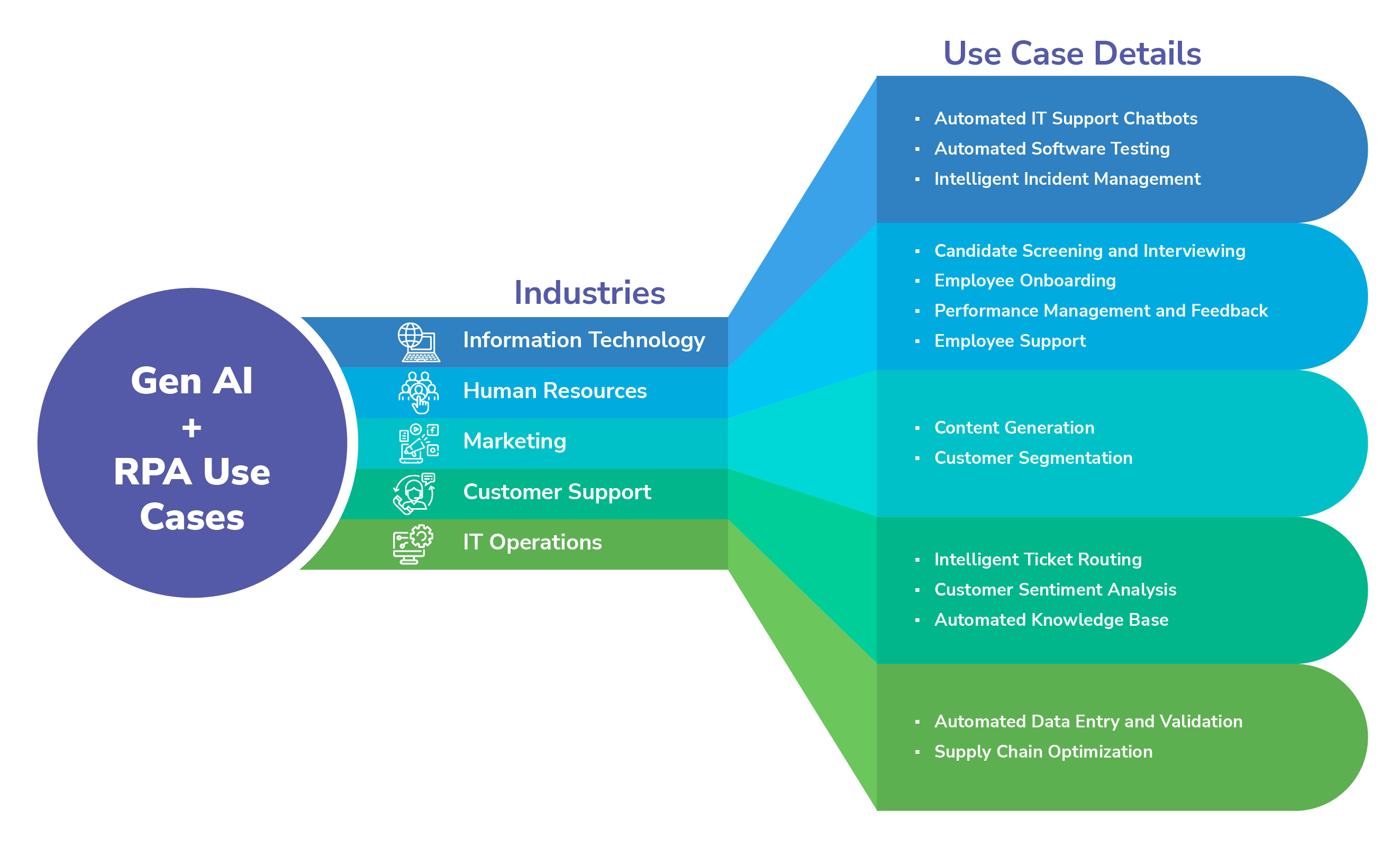
Generative AI (GenAI)
- Natural Language Processing (NLP): Language translation, sentiment analysis, chatbots, virtual assistants, and voice recognition systems
- Image and Video Analysis: Facial recognition, object detection, image classification, medical image analysis, and surveillance systems
- Healthcare: Medical diagnostics, drug discovery, personalized medicine, patient monitoring, and medical image analysis
- Customer Service: Handling customer inquiries, automating email responses, assisting with common support requests
- HR and Payroll: Employee onboarding, payroll processing, and leave management
Future Scope and Conclusion
Generative AI is changing the RPA landscape. Its integration with existing RPA practices results in faster, more efficient and smarter automation systems. t is time for companies of the future to rethink how they develop their business processes. and take advantage of the rapidly growing free software ecosystem


